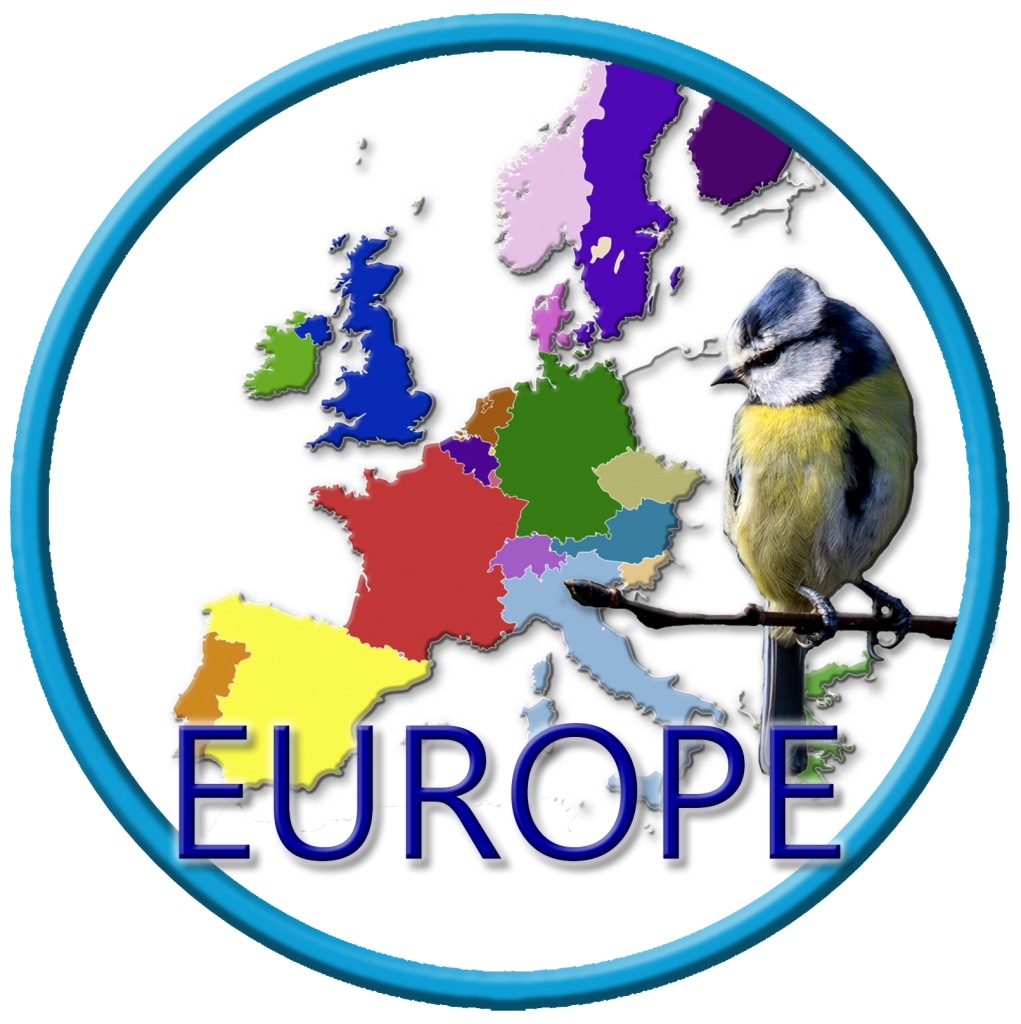
Western Europe Birds & Birding (#43/52): From the Highland Willow Scrub of Scotland to the Aegean Islands in the Sea of Crete, Western Europe is home to over 800 resident, migratory and vagrant birds. From songbirds to gamebirds and from waterfowl to raptors, you can find birds virtually in every nook and cranny of this beautiful area. *All images showcased in this blog series were taken and edited by me.
A Reflections of the Natural World Blog Post Series by Jim Gain
The Eurasian Wren (Troglodytes troglodytes) is a tiny, plump bird with rounded wings and a short, often cocked-up tail.

Physical Characteristics:
Here are some key features:
- Coloration: It is rufous-brown on its upper side and greyer beneath. Even its wings and tail exhibit indistinct barring in darker brown and grey shades.
- Bill and Legs: The bill is dark brown, and the legs are pale brown. Its feet boast strong claws and a large hind toe.
- Young Birds: Juveniles have less distinct barring and mottled underparts.

Diet:
Being an insectivorous bird, the Eurasian Wren is constantly on the move, foraging for its prey. It probes into crevices, examines old masonry, hops onto fallen logs, and delves down among them. Its diet primarily consists of various invertebrates.

Abundance and Distribution:
- Population Size: The Eurasian Wren’s population size ranges from 10 million to 500 million individuals.
- Habitat: These wrens are found across Eurasia and Africa (Maghreb). In Anglophone Europe, they are commonly known as simply “wrens.”
- Habitat Variety: They inhabit a wide range of environments, including cultivated or uncultivated areas with bushes, low ground cover, gardens, hedgerows, thickets, plantations, woodlands, and reed beds.
- Preferred Locations: Eurasian wrens thrive in more open locations with clumps of brambles or gorse, rough pastures, moorlands, boulder-strewn slopes, rocky coasts, and sea cliffs.

IUCN Red List Status:
Currently, the Eurasian Wren is classified as Least Concern (LC) on the IUCN Red List. However, it’s essential to note that its numbers are decreasing.
For more information, you can explore the IUCN Red List and learn about the conservation status of various species.

EURASIAN WREN WAS LIFER #789
